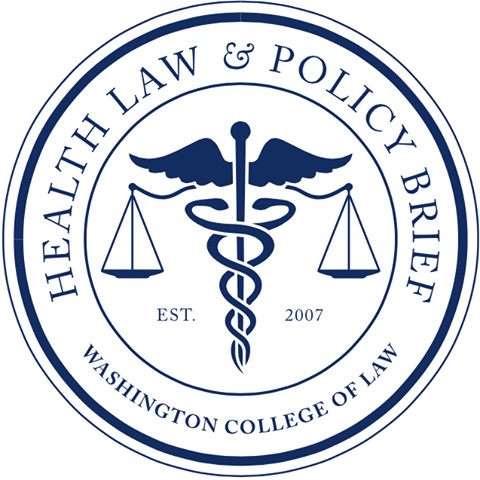When many people hear the phrase “forced sterilization,” they rarely associate the practice with the United States, or if they do, they believe this was something the country did more than a century ago. Unfortunately, however, coerced and forced sterilizations have been occurring since the early 1900s and have seen their most recent iterations as “voluntary” procedures offered for a reduced prison sentence. Coerced sterilization occurs when financial or social incentives or intimidation tactics are employed to compel an individual to undergo the procedure. In comparison, forced sterilization happens when a person does not know she is undergoing the procedure, has no opportunity to provide consent, or gives consent under duress.
In 1907, Indiana
became the first state to successfully pass a mandatory forced sterilization
law, and California and Washington followed suit a few years later. Throughout
the first half of the twentieth century, the public generally supported
sterilization of the mentally handicapped. In 1927, the Supreme Court ruled in Buck v. Bell that forced sterilization
did not violate the Constitution. In his opinion in Buck, Justice Holmes explicitly argued for eugenics, which Nazi propaganda
then cited the opinion as a basis for Germany’s forced sterilization programs.
Public sentiment surrounding sterilization began to shift following the 1940s, but the trend changed when the Nixon administration dramatically increased Medicaid-funded sterilization of low-income Americans, specifically targeting people of color and those with HIV/AIDS. This funding, combined with a federal commitment to family planning and community health, led to widespread sterilization abuse in the United States from the late 1960s to the mid-1970s. For example, the North Carolina Eugenics Board sterilized 7,600 mentally handicapped women between the 1940s and 1970s. The increase of reproductive health clinics at this time overwhelmingly benefited middle-class white women, but minority working-class women faced stigma and a family planning model that lacked standardized consent protocols, which created an environment “ripe for coercion.”
The story of the Relf sisters, who were teenagers sterilized without consent in 1973 in Alabama, mobilized many women to address forced sterilization. As the case went to trial, it was found that the girls’ mother believed she was consenting to birth control for her daughters, but because she could not read, she mistakenly signed a sterilization release. In reaction to this story, African American and Native American women throughout the United States came forth with similar allegations, and, in Relf v. Weinberger, a federal district court judge estimated that 100,000 to 150,000 low-income women had been sterilized during the early seventies. The call to action grew as awareness of the practice increased, and health departments in major cities began revising their guidelines for sterilizations, which included reviewing the consent notice and fully informing patients of the permanence of the procedure. Some jurisdictions, like North Carolina, even established governmental entities to identify victims of forced sterilization and compensate them.
Despite this, forced sterilization still occurs today, although it is reframed as a voluntary option in exchange for a reduced prison sentence. In May 2017, a Tennessee judge signed a standing order allowing inmates in White County to receive jail credit if they underwent either a vasectomy for males or a Nexplanon implant for females. Thirty-two women and thirty-eight men underwent sterilization during the three months Judge Benningfield’s order was in effect. Though Tennessee later introduced a bill that would forbid judges from approving a reduced sentence if it is conditioned upon sterilization, other states are not responding with similar legislation. In February 2018, an Oklahoma woman, who was a prior drug addict, received a shorter sentence for a federal counterfeiting offense after undergoing surgery to prevent further pregnancies. The sentencing judge, Stephen Friot, defended his decision, saying that the Supreme Court “has yet to recognize a constitutional right to bring crack- or methamphetamine-addicted babies into this world.” Actions and sentiments like Judge Friot’s demonstrate how eugenics practices in the United States have evolved and continue to violate an individual’s bodily autonomy and human rights on the whole.
